What should risk managers know about the rules and regulations governing civil aviation in the EU?
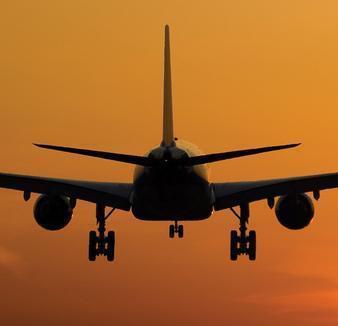
1. Rules on the minimum crew members required in the cockpit
On 27 March, the European Air Safety Agency issued a recommendation for airlines to observe the “four-eye-rule” in the cockpit; stipulating that in the case of the captain or first officer leaving the cockpit, a crew member should be present in the cockpit with the remaining pilot.
European safety regulations require that pilots shall remain at the aircraft controls unless absence is necessary for physiological or operational safety needs.
There is no European requirement that a member of the cabin crew must enter the cockpit in the event a pilot needs to take a short break for such needs. There is, however, a requirement that the cockpit door can be opened from the outside in case of emergency.
2. Legislation regulating medical and fitness checks of airline pilots
A European regulation mandates that pilots must have a current medical certificate. This certificate is issued by an approved specialist in aviation medicine and revalidated at regular intervals throughout a pilots’ career. The European Regulations for Medical Certificates contains requirements that relate to psychiatry and psychology.
These medical rules are binding on every member state and airline. During initial examination, no one can obtain a medical certificate who has a medical history or clinical diagnosis of any psychiatric or psychological condition likely to interfere with the safe exercise of the pilot’s functions. During periodic revalidation (at least once a year) the approved medical examiner must also assess the pilot’s psychiatric and psychological status to maintain the needed level of psychiatric and psychological quality to exercise the profession.
These psychiatric or psychological tests are carried out by independent specialised aero-medical examiners approved by the member states. Airlines are required to check the validity of their pilots’ aeromedical certificates before assigning them to flying duties. Every pilot is obliged to refrain from taking flight duty if they feel unfit to fly.
Throughout a pilot’s airline career proficiency checks take place to verify competency. These checks are normally performed twice a year in a simulator, including situations where the pilot’s ability to cope under stress is tested.
3. Pilot background checks
European Aviation Security Regulations require that crew members of an EU air carrier are subject to background checks before being issued with a crew identification card. Such background checks include verification of the person’s criminal and employment record. The checks are required to be repeated at regular intervals not exceeding five years.
4. Safety and security rules for the cockpit door of airliners
European safety regulations, based on global standards set by the International Civil Aviation Organisation require that all aircrafts above a certain weight carrying out commercial air transport operations must be equipped with a flight deck door. This door must be designed so that it can be locked and unlocked from either pilot seat in the flight deck, to prevent unlawful access. The aircraft involved in the accident on 24 March was covered by these regulations on the flight deck door as well as by the operator’s approved security procedures.
Airlines must have operational procedures in relation to the Regulation on the Flight Deck Door. These procedures include access to the flight deck under normal and emergency conditions.
In Europe, the standard procedure is that the cockpit is monitored from the pilot’s seat by CCTV to monitor the area outside the cockpit. In some cases, there is a spyhole and not a CCTV monitor. A procedure ensures that another crew member should enter the cockpit in case one pilot leaves the station. This procedure was put in place for the purpose of monitoring the cockpit door so that the remaining pilot can remain in their seat at the controls of the aircraft.
5. How are investigations of air crashes in the EU being carried out?
The causes need to be established through an independent and credible civil investigation conducted in line with European rules (Regulation 996/2010).
After fatal civil aviation accidents, generally two separate investigations need to be closely co-ordinated since they share the same evidence:
An accident (or safety) investigation is conducted by the national accident investigation authority in accordance with European rules; and a judicial/criminal investigation is opened with the aim of compensating victims and punishing wrongdoers.
The safety recommendations resulting from an accident should be considered by the competent authority and, as appropriate, acted on to ensure adequate prevention of accidents and incidents in civil aviation.
Often such recommendations are addressed to the European Aviation Safety Agency (EASA), which takes the necessary action to address the safety issues. Where urgent action is needed, measures are taken even before the investigation is completed.
6. The investigation of the crash of Flight 4U 9525
In accordance with the European Union Rules (Regulation (EU) No 996/2010 on the investigation and prevention of accidents and incidents in civil aviation) the French authorities (BEA - Bureau d’Enquêtes et d’Analyses pour la sécurité de l’aviation civile) initiated a safety investigation.
The BEA leads the investigation, as the accident took place on French territory (France is also the state of design and the manufacturer). Germany is entitled to participate in the accident/incident investigation, as the country of registration of the aircraft and the home country of the operator. EASA, the certifying authority of the Airbus A320, has the possibility to send an advisor to assist in the investigation and has done so.





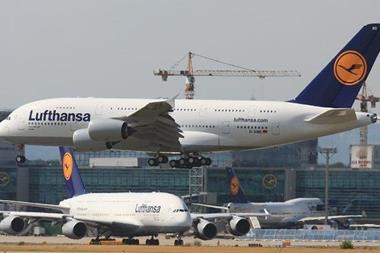
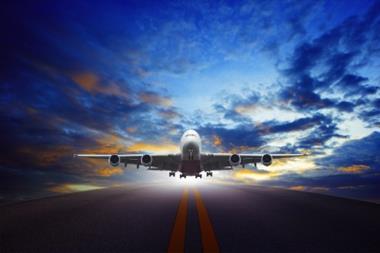

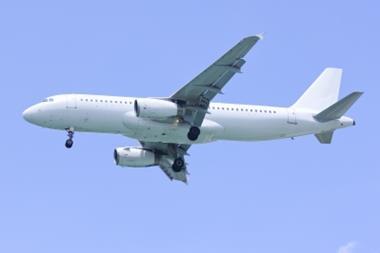
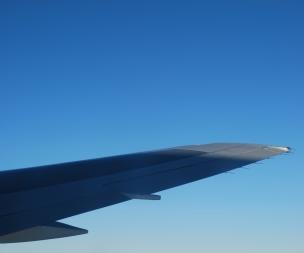










No comments yet